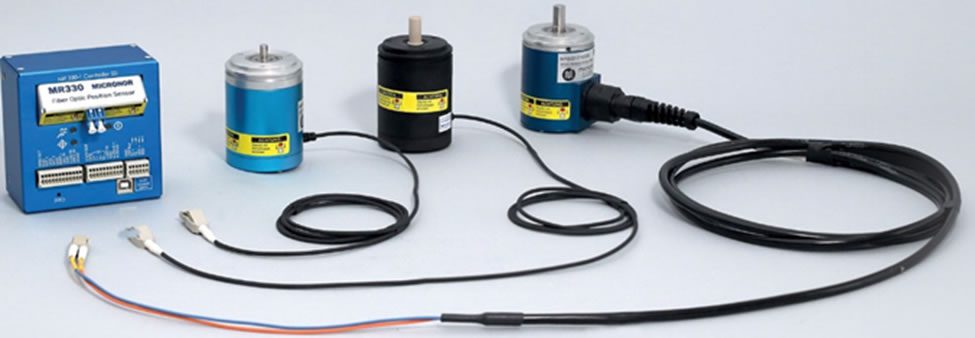Intrinsically safe (IS) sensors are designed to operate safely in hazardous areas where there is a risk of explosion. IS sensors limit the amount of electrical and thermal energy that can be released in the event of a fault, to a level below that which is capable of igniting flammable gases, vapors, or dust.
Inherently safe (IHS) sensors are designed to be safe by design. IHS sensors use materials and construction techniques that eliminate the possibility of generating sparks or other ignition sources, even in the event of a fault.

Key Differences
The key difference between IS and IHS sensors is that IS sensors rely on external safety barriers to limit the energy available in the hazardous area, while IHS sensors do not require any external safety devices.
Advantages of IS Sensors
- IS sensors are widely available and relatively inexpensive.
- IS sensors can be used in a wide range of hazardous areas, including Zone 0 (where flammable gases, vapors, or dust are present continuously or for long periods of time).
IS sensors are relatively easy to install and maintain.

Disadvantages of IS Sensors
- IS sensors require external safety barriers, which can add to the cost and complexity of the system.
Advantages of IHS Sensors
- IHS sensors do not require any external safety devices such as a barrier, which can simplify the system and reduce costs.
IHS sensors can be used in the most hazardous areas, including Zone 0.

Disadvantages of IHS Sensors
- IHS sensors can be more expensive than IS sensors.
- IHS sensors may be less widely available than IS sensors.
Additional Considerations
It is also important to note that the entire system, including the sensors, wiring, and other components, must be designed to be intrinsically safe or inherently safe. This requires careful selection of components and proper installation and maintenance.
Conclusion
IS and IHS sensors are both effective ways to protect against explosions in hazardous areas. The best choice for a particular application will depend on the specific requirements of the application, such as the budget, the level of hazard, and the desired level of safety.
"*" indicates required fields



